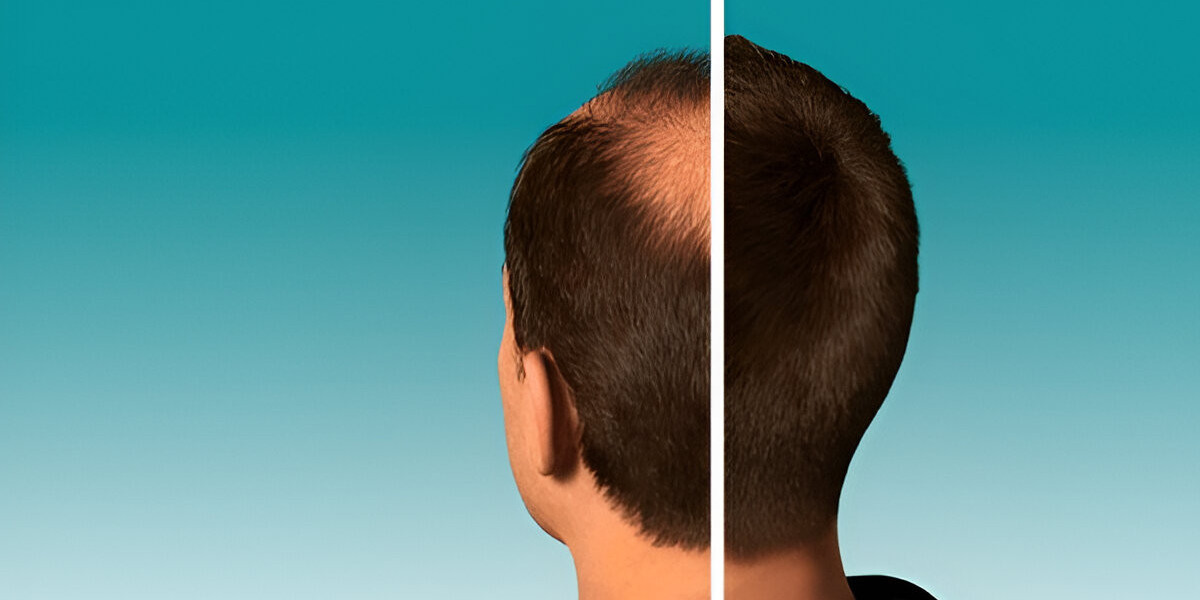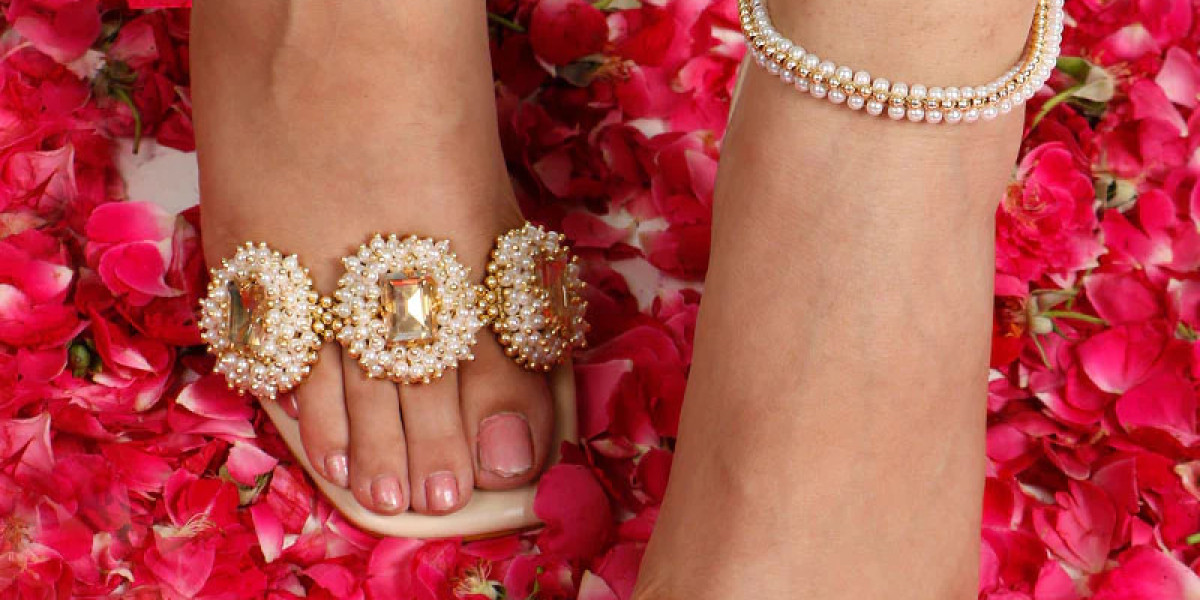Hair transplants have become one of the most sought-after solutions for hair loss, providing natural and permanent results. If you’re considering a hair transplant, you likely have several questions about the procedure, costs, recovery, and long-term expectations. This ultimate guide covers everything you need to know about hair transplants, from types and techniques to aftercare and potential risks.
Understanding Hair Transplants
A hair transplant is a surgical procedure that involves transferring hair follicles from one part of the body (usually the back or sides of the scalp) to areas experiencing thinning or baldness. This technique ensures that the transplanted hair blends naturally with existing hair and continues to grow permanently.
Who is a Good Candidate for a Hair Transplant?
Hair transplants are suitable for individuals who:
Have male or female pattern baldness
Experience thinning hair due to aging or genetics
Have lost hair due to trauma, burns, or previous surgeries
Have sufficient donor hair available for transplantation
Individuals with widespread hair loss, insufficient donor hair, or certain medical conditions may not be ideal candidates.
Types of Hair Transplant Techniques
1. Follicular Unit Transplantation (FUT)
FUT, also known as the strip method, involves removing a strip of scalp from the donor area, dividing it into individual follicular units, and implanting them into the recipient area.
Pros:
Suitable for covering large bald areas
Higher graft survival rate
More affordable than FUE
Cons:
Leaves a linear scar on the donor area
Longer recovery time
More discomfort post-surgery
2. Follicular Unit Extraction (FUE)
FUE is a minimally invasive technique where individual hair follicles are extracted and implanted one by one. This method is widely preferred due to its natural results and quicker recovery time.
Pros:
No visible scarring
Faster healing and recovery
Ideal for smaller hair transplants or touch-ups
Cons:
More expensive than FUT
Longer procedure time
Requires high precision and expertise
3. Direct Hair Implantation (DHI)
DHI is a modified FUE technique that uses a specialized tool (Choi pen) to implant hair follicles directly into the scalp.
Pros:
High survival rate of transplanted follicles
Faster recovery time
More precise placement of grafts
Cons:
More expensive than both FUT and FUE
Requires highly skilled surgeons
4. Afro Hair Transplant
Hair transplants for afro-textured hair require a specialized approach due to the curly nature of the hair follicles. FUE is the preferred method, ensuring natural-looking results while preserving the unique curl pattern.
The Hair Transplant Procedure: Step-by-Step
1. Initial Consultation
A consultation with a hair transplant specialist helps determine the best approach based on your hair loss pattern, donor hair availability, and expectations.
2. Pre-Procedure Preparation
Avoid smoking and alcohol for at least a week before surgery
Stop using blood thinners and certain medications as advised by your doctor
Wash your hair with a mild shampoo on the day of the procedure
3. Extraction of Hair Follicles
Depending on the chosen method (FUE, FUT, or DHI), hair follicles are extracted from the donor area.
4. Graft Preparation and Implantation
The extracted follicles are carefully prepared under a microscope.
Tiny incisions are made in the recipient area.
The grafts are implanted in a way that mimics natural hair growth.
5. Post-Procedure Care
Expect mild swelling and redness for a few days.
Avoid touching or scratching the transplanted area.
Follow the prescribed medication and aftercare instructions.
Hair Transplant Recovery & Aftercare
First Few Days Post-Surgery
Sleep with your head elevated to reduce swelling.
Avoid strenuous activities and sweating.
Use a saline spray (if recommended) to keep the grafts hydrated.
First Few Weeks
Expect mild shedding of the transplanted hair (shock loss).
Avoid direct sun exposure.
Wash your hair gently with a prescribed shampoo.
3-6 Months
New hair starts growing.
The donor area heals completely.
Minor itching or redness may persist but will subside over time.
6-12 Months
Hair thickens and blends naturally.
Full results become visible after 12 months.
Potential Risks & Side Effects
While hair transplants are generally safe, potential risks include:
Infection (rare but possible)
Scarring (more common with FUT)
Unnatural hair growth patterns
Temporary numbness in the donor or recipient area
Choosing an experienced surgeon minimizes these risks.
Cost of Hair Transplants
The cost of a hair transplant varies based on factors like:
The number of grafts needed
The technique used (FUE, FUT, DHI)
The clinic’s location and reputation
The expertise of the surgeon
On average:
FUE Hair Transplant: $4,000 - $15,000
FUT Hair Transplant: $3,000 - $10,000
DHI Hair Transplant: $5,000 - $20,000
Hair Transplant Success Rate
Hair transplants have a high success rate, with over 90% of transplanted hair surviving and growing naturally. Proper aftercare and choosing a skilled surgeon greatly influence the results.
Alternative Hair Loss Treatments
If you’re not ready for a hair transplant, consider these alternatives:
Medications:
Minoxidil (Rogaine) – A topical solution for stimulating hair growth.
Finasteride (Propecia) – An oral medication that reduces hair loss.
Platelet-Rich Plasma (PRP) Therapy:
Involves injecting growth-factor-rich plasma into the scalp to boost hair growth.
Laser Therapy:
Low-level laser devices stimulate hair follicles and improve hair density.
Hair Systems & Wigs:
Non-surgical alternatives for immediate results.
Final Thoughts
Hair transplants offer a permanent and natural solution to hair loss. Whether you opt for FUE, FUT, or DHI, choosing an experienced surgeon and following proper aftercare is crucial for achieving optimal results.
If you're considering a hair transplant, schedule a consultation with a reputable clinic to explore your options and make an informed decision.








